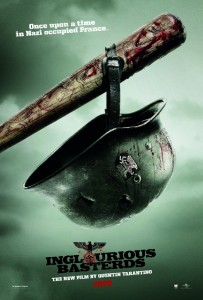Not only am I running out of ways to say that the Ultimate Spider-Man series is fantastic, I’m kind of running out of ways to say I’m running out of those ways. I’m not sure I’m even objective on the topic anymore; it may have turned bad and I simply failed to notice in a whirlwind of fannish obsession. To nobody’s surprise, anyhow, I really liked Hobgoblin. Harry Osborn, son of the Green Goblin, is not having the best few months. His father has turned into a beast that regularly stalks him and killed his mother, and Harry most recently witnessed his father’s apparent (or actual?) death at the hands of the Ultimates and his very good friend Peter Parker. As usual, though, Harry’s return to school and mental state is only a small part of the book’s story. The tragedies that have dogged the Parker household during the same months that treated Harry so badly are finally pushing Peter to the breaking point.
I know things have to turn around soon, since the Ultimate universe apparently has an expiration date that I might be broaching by late this year. But honestly, I’m not sure how at this point. Pete is a pretty moody boy lately, and with good reasons. And the more tightly the inhabitants of that universe are tied together, the more interesting the stories get. Nick Fury’s small role in this book practically guarantees that whatever comes next for Peter Parker, it will not be the sudden positive turn that he really deserves.
 The problem I think with a Quentin Tarantino movie is that it defies categorization. He’s not exactly his own filmmaking genre, not really, but it’s a close thing. And it’s not even that
The problem I think with a Quentin Tarantino movie is that it defies categorization. He’s not exactly his own filmmaking genre, not really, but it’s a close thing. And it’s not even that  It occurs to me to state for the record that I did finally finish playing
It occurs to me to state for the record that I did finally finish playing